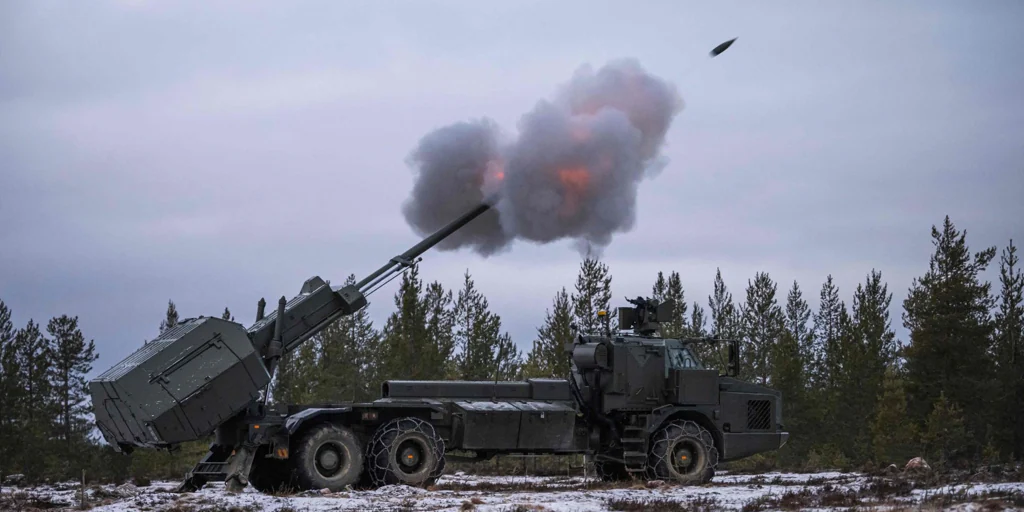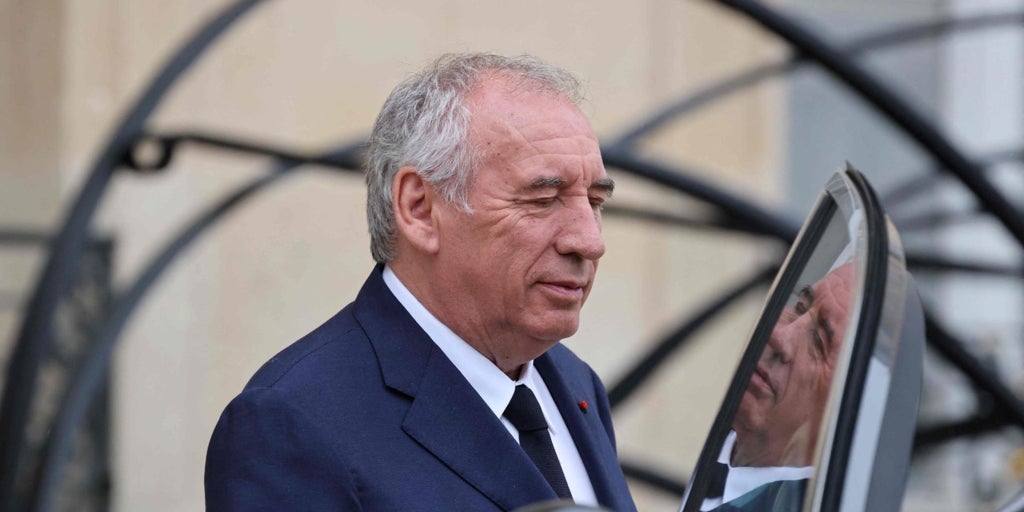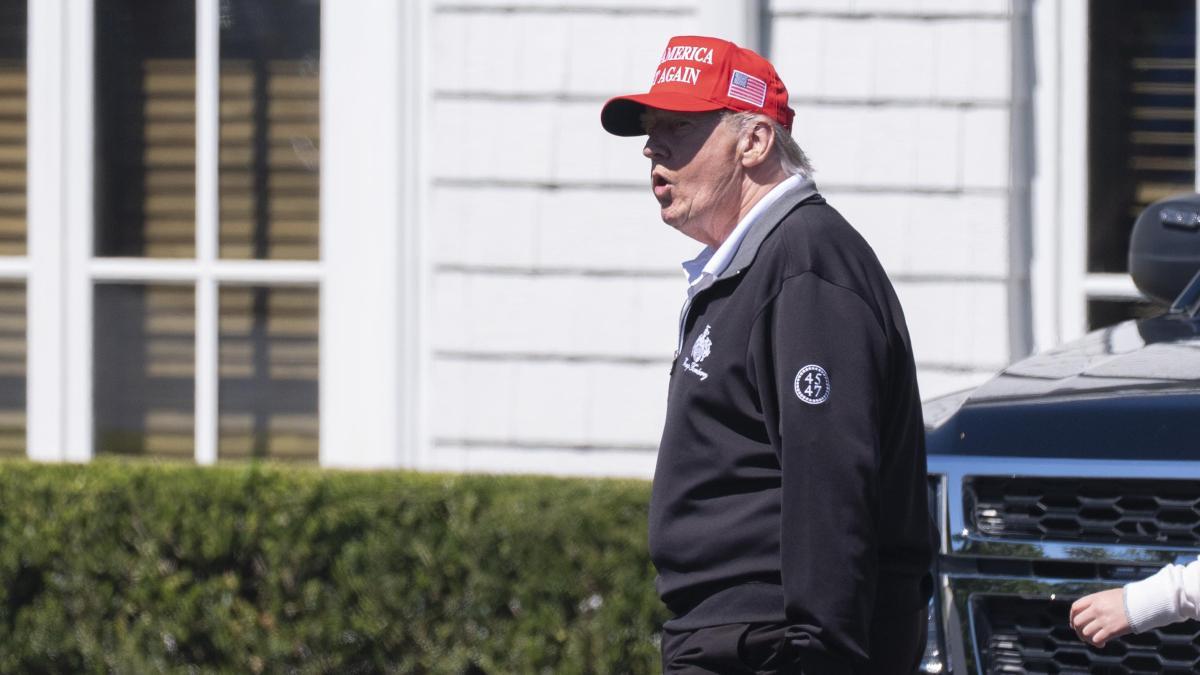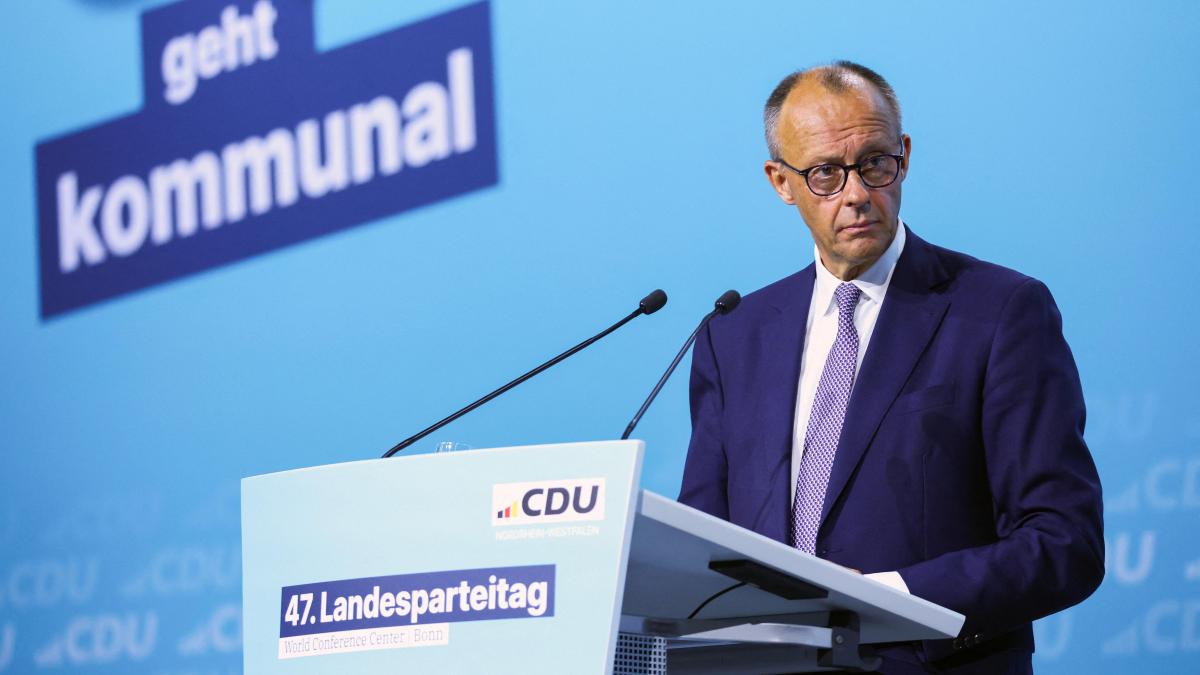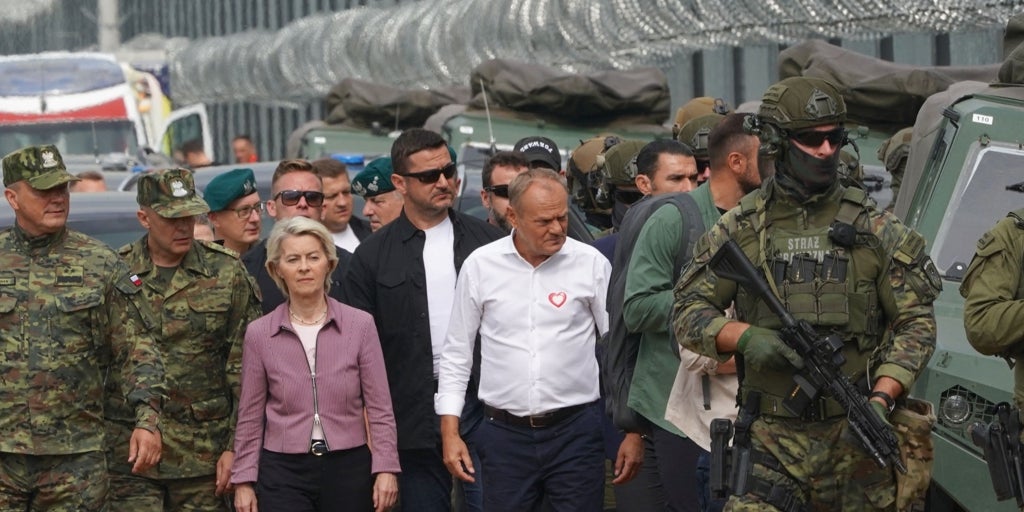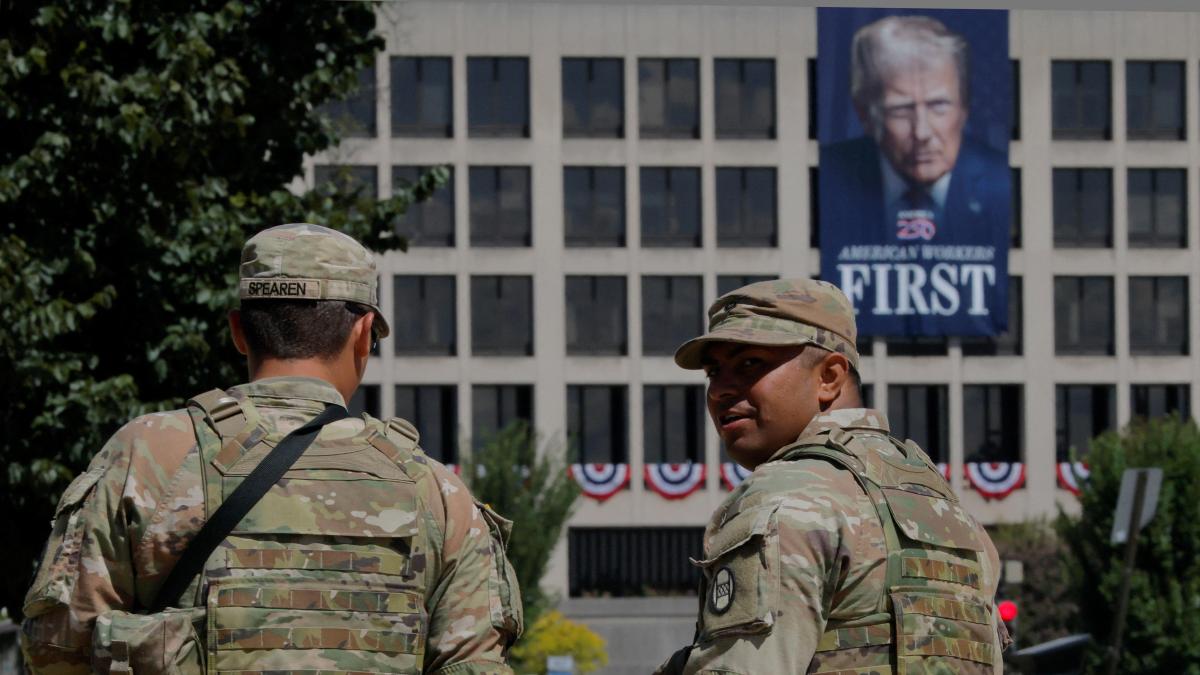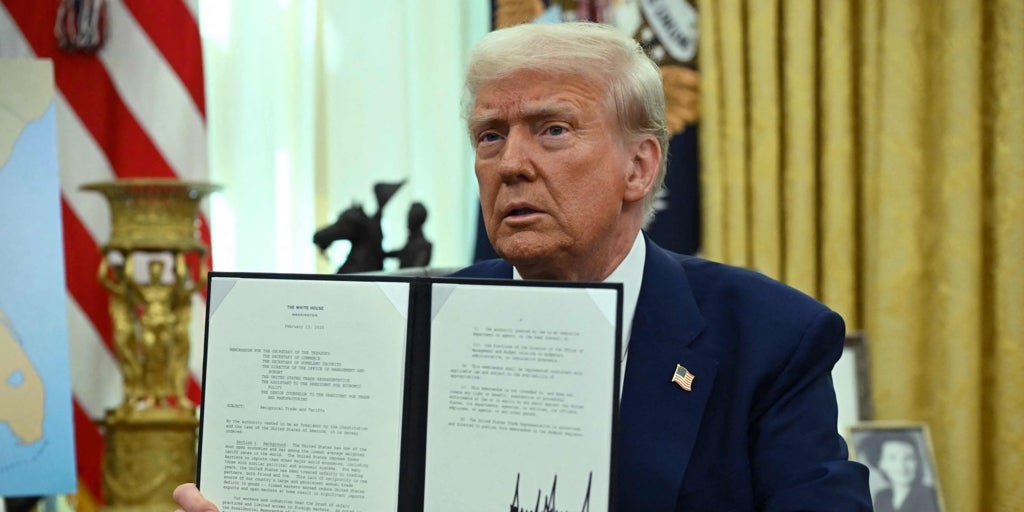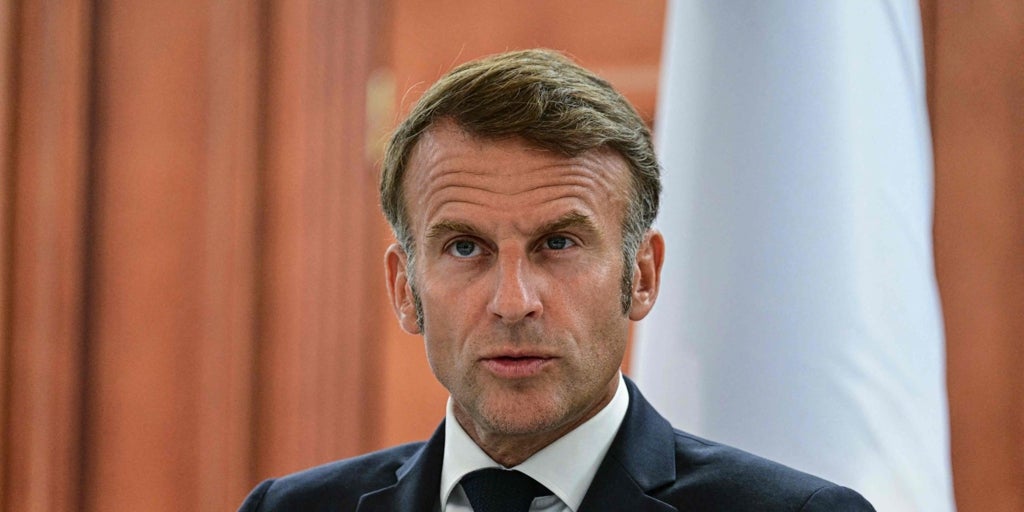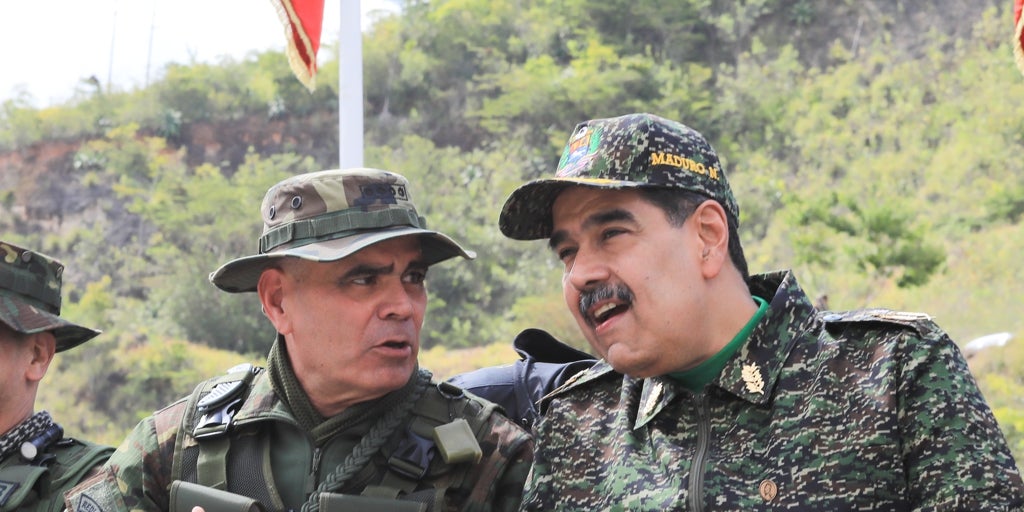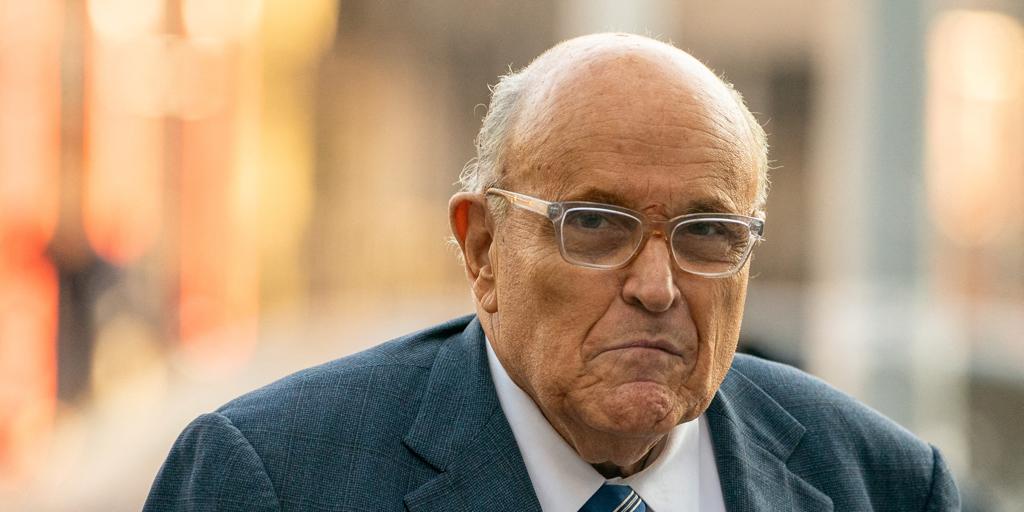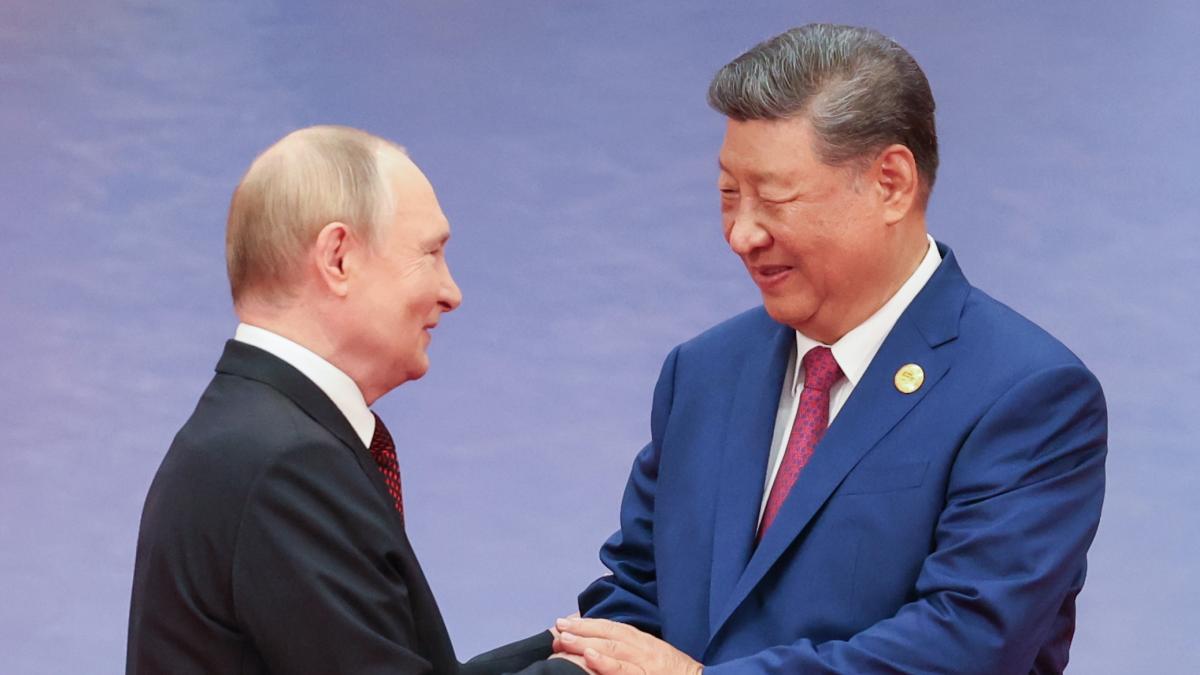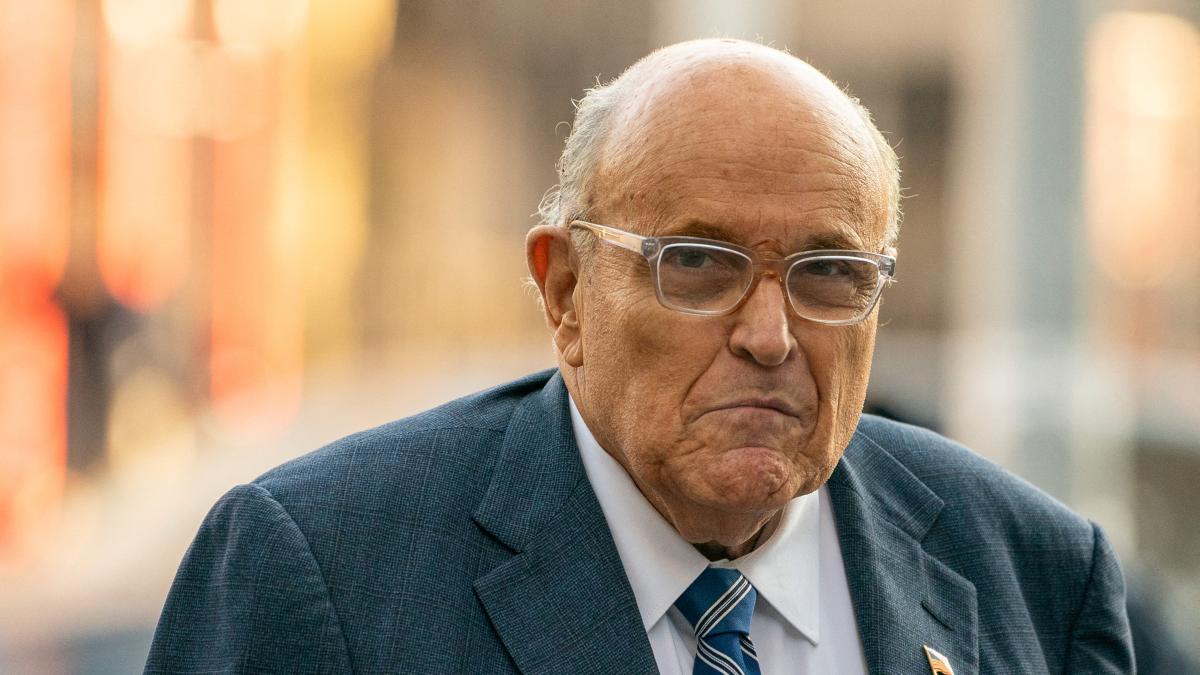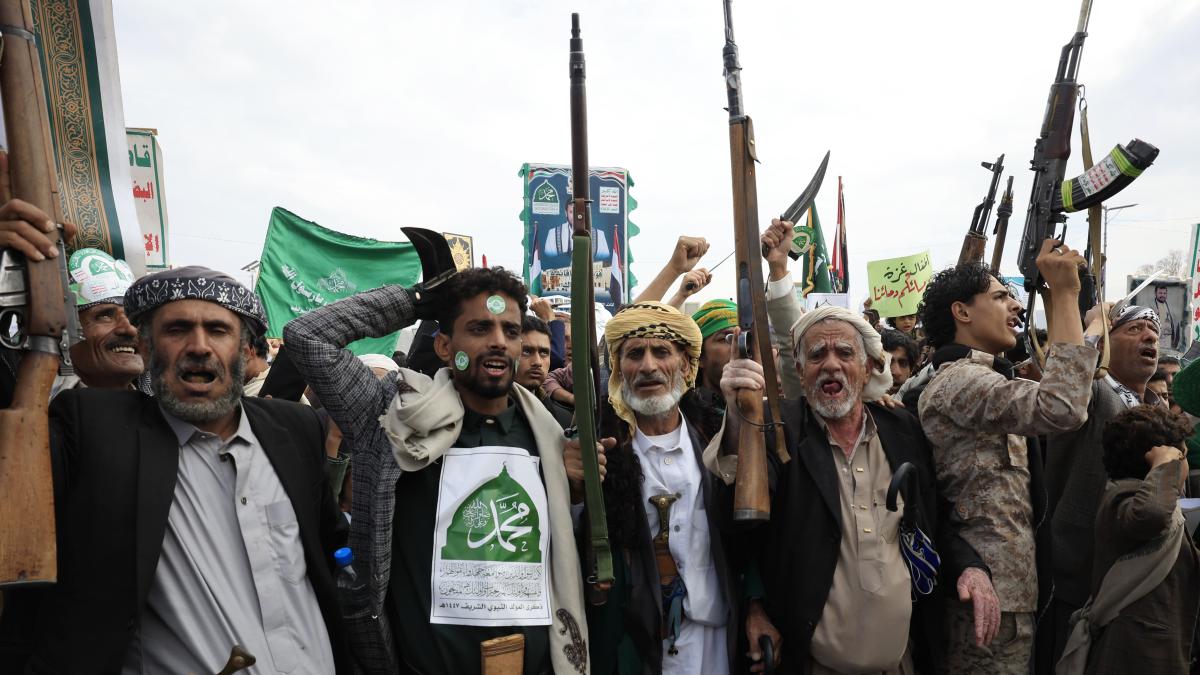NATO’s Eastern Flank Braces for Conflict: The Rising Threat from Russia
As tensions rise in Eastern Europe, the North Atlantic Treaty Organization (NATO) finds itself on high alert, recalibrating its strategies and military readiness. Recent events, most notably the sabotaged communications infrastructure, have prompted fears of an impending war scenario spearheaded by Russian aggression. This article delves deep into the unfolding crisis and its implications for NATO’s eastern flank.
Fear and Preparation: NATO’s Response to Sabotage
The recent cutting of submarine cables vital for communication between Helsinki and Rostock has escalated alarm levels within NATO and its member states. With intelligence suggesting Russian involvement in these attacks, NATO commands have taken urgent steps toward securing their eastern borders.
According to sources, the impacts of these attacks can be profound, disrupting not only local communication channels but also undermining NATO’s coordinated defense strategies. The C-Lion1 cable, now severed, held crucial data channels essential for military communications, signaling a dangerous escalation in hostilities.
The British Archer artillery systems stationed in Finnish Lapland serve as a stark reminder of NATO’s commitment to defending its territories. The atmosphere is thick with anxiety as nations bolster their military assets along the eastern flank.
A History of Escalation: The Prelude to War
The roots of the current situation can be traced back to 2014, when Russia annexed Crimea. This act of aggression marked a pivotal moment in European geopolitics, prompting requests for NATO membership from nations under the perceived threat of Russian expansionism, including Ukraine. Surveys have repeatedly shown a surge in public support for NATO membership in these countries, especially following Russia’s aggressive military maneuvers.
NATO Secretary General Jens Stoltenberg emphasized that the alliance’s doors remain open for Ukraine and others under threat, despite Russia’s vehement opposition to NATO’s eastward expansion.
Military Movements: A Game of Chess on the Eastern Front
The ongoing Russo-Ukrainian conflict has become a live demonstration of military strategies. Ukraine’s recent incursions into Russian territory during the 2024 Kursk offensive highlight an increasingly bold stance against Kremlin forces. This operation, which successfully captured significant territories, has implications that reach far beyond current battlefields.
Military analysts warn that such actions could provoke a heavier response from Russia, potentially thrusting NATO directly into the fray. The maneuvering shows that Ukrainian forces are not just on the defensive; they are taking the fight to Russian soil, indicating a shift in the strategy that NATO might have to adopt.
The Role of Communication in Modern Warfare
Modern warfare relies heavily on communication, and the cutting of such vital connections demonstrates how swiftly strategic plans can unravel without consistent lines of information. NATO’s response includes not only bolstering physical defenses but also enhancing cyber capabilities to safeguard communication networks from Russian cyber threats.
As the landscape evolves, NATO’s ability to maintain real-time communication and coordinate a unified response becomes paramount. The alliance is aware that failure to ensure rigid communication links can lead to catastrophic misunderstandings and military blunders in the heat of conflict.
Future Scenarios: What Lies Ahead?
With NATO reaffirming its commitment to mutual defense, the stakes have never been higher. The question remains: how far will NATO go to counter Russian provocations? As the alliance continues preparations and fortifications along its eastern borders, it is clear that any miscalculation could lead to a catastrophic conflict involving multiple nations.
While the immediate threat may be the severed cables and immediate military postures, the longer-term ramifications could reshape international relations for decades to come. Should conflict be unleashed, it will not only be a battle between armies but a clash of ideologies and global power dynamics.
Conclusion: Steeling for Conflict
NATO’s eastern flank is amidst a prelude to war, braced for the challenges that lie ahead. As military readjustments take place—a direct response to tangible threats—one thing remains clear: the spirit of the alliance is prevailing, uniting under the banner of collective defense against a resurgent geopolitics of aggressions. With every move monitored and every communication secured, NATO stands as a vigilant guardian of Eastern Europe, poised to respond to any impending threat from its adversaries.
As this chess game unfolds, the world watches—a potential flashpoint that could redefine security paradigms not just in Europe, but across the globe.

